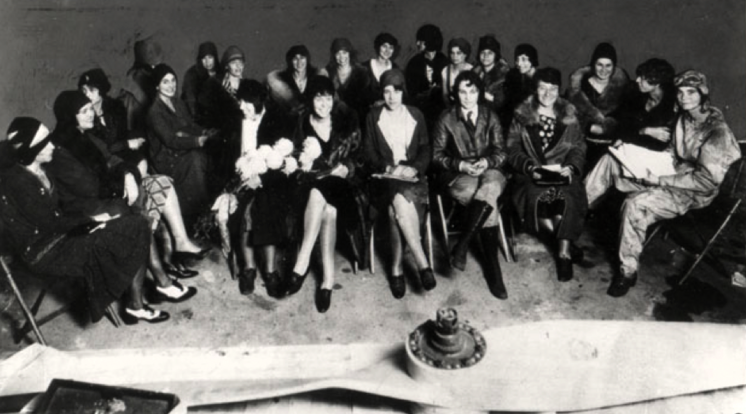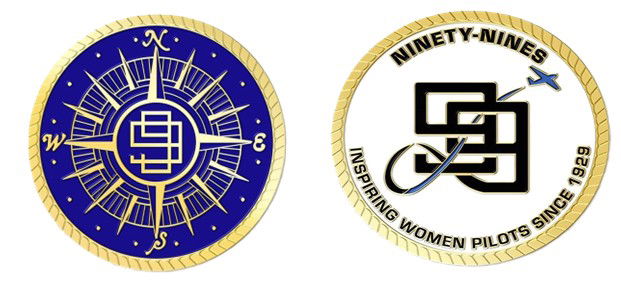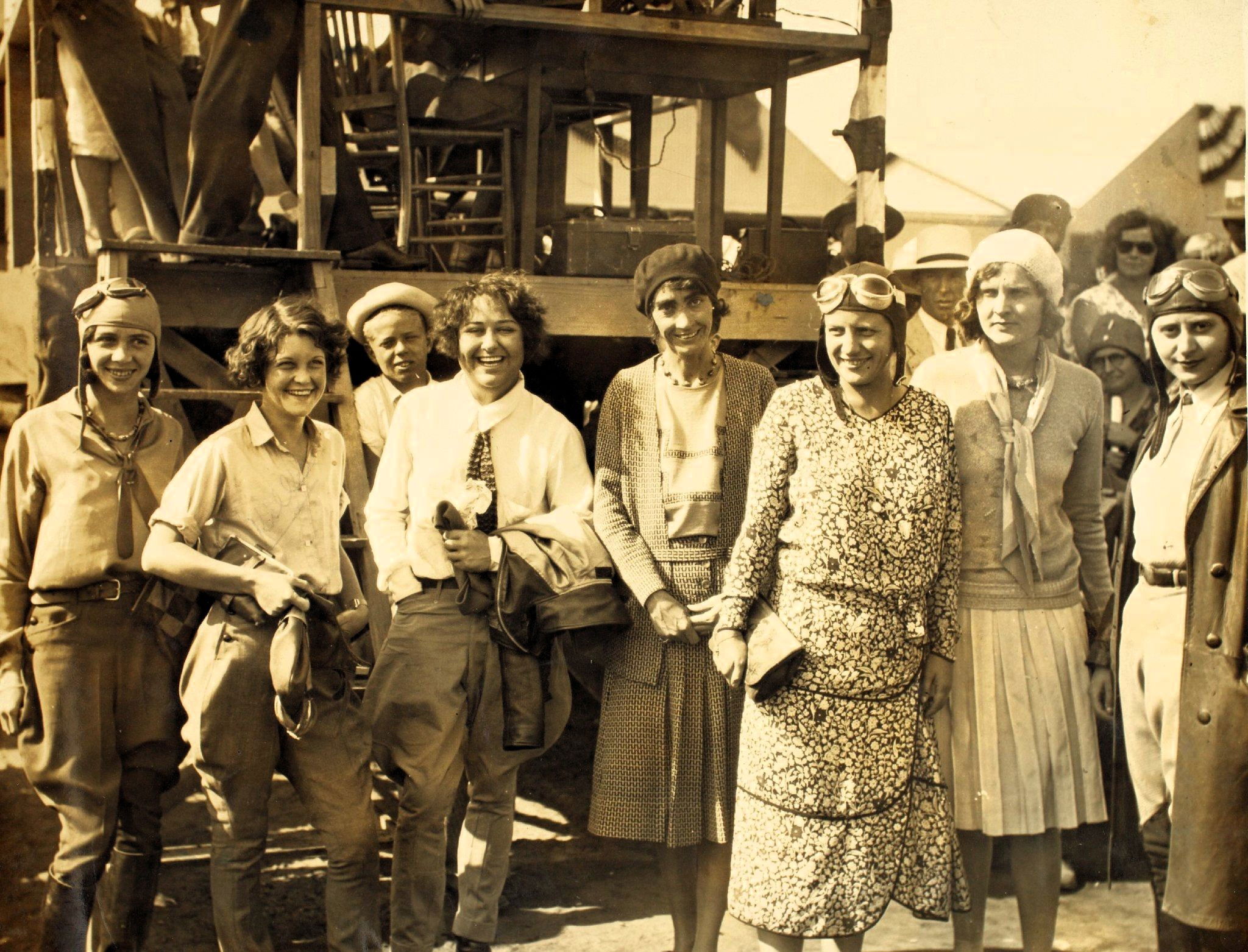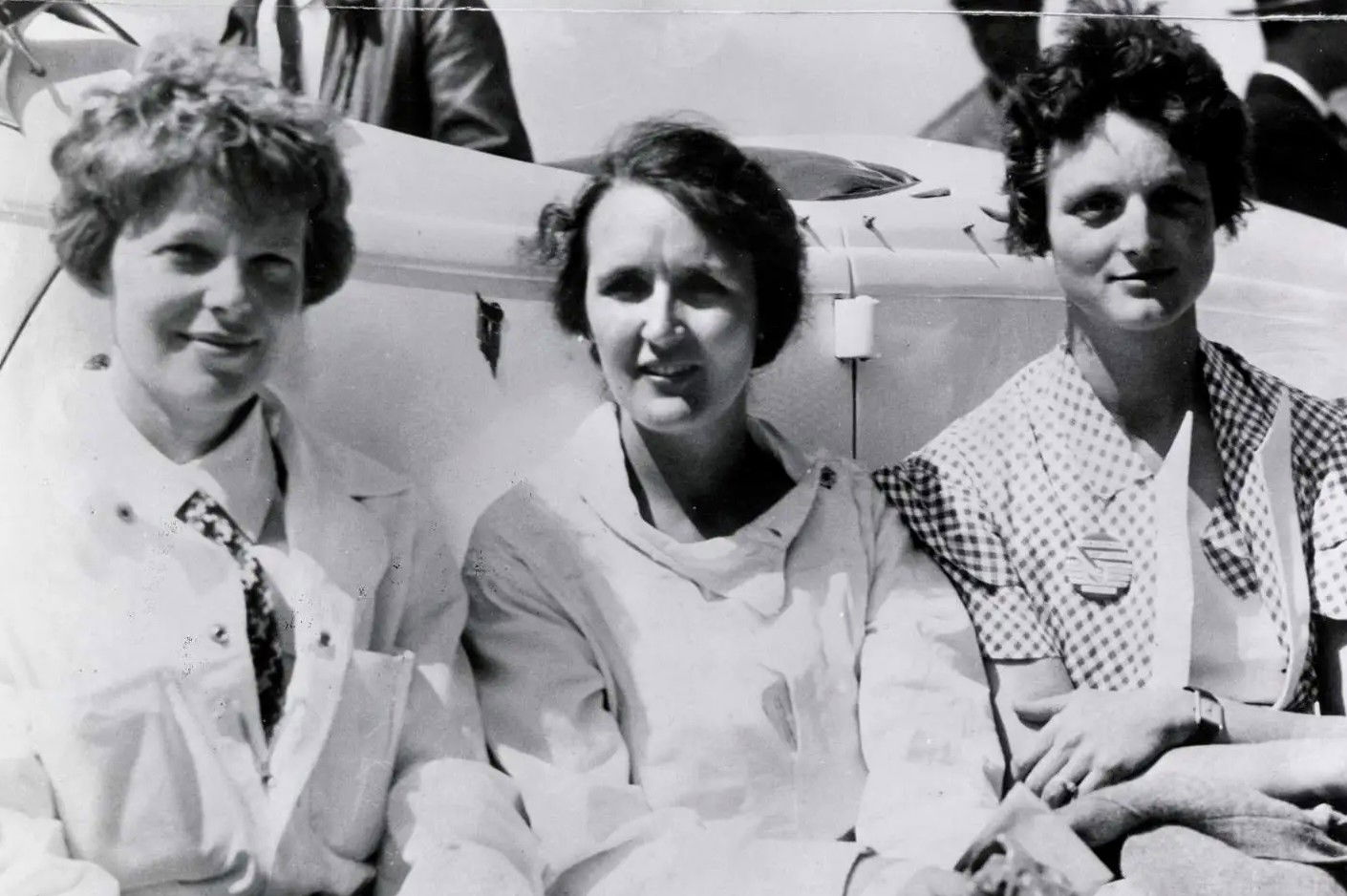The Ninety Nines...


The Ninety-Nines: Amelia Earhart’s Legacy and the Women Who Took Flight
In the late 1920s, aviation was still a daring new frontier.
Out of more than 9,000 licensed pilots in the United States, only 117 were women. These pioneers were often dismissed as “girl pilots,” with newspapers obsessing over their hair color or their supposed ability to juggle flying with housekeeping.
But a small group of bold women—including the legendary Amelia Earhart, decided they deserved something more: a community of their own.
That decision gave birth to The Ninety-Nines, an international organization of female aviators that still thrives nearly a century later.
A Race Against Doubt
During August of 1929, 20 women gathered in Santa Monica, California, for the first Women’s Air Derby, a grueling cross-country competition. Only 15 would make it to the finish line in Ohio. The race was plagued with suspicion and sexism: whispers of sabotage, planes restricted to lower horsepower because they were “too powerful for women,” and endless press coverage mocking competitors as dainty curiosities. Humorist Will Rogers famously quipped, after seeing women pilots powdering their noses before takeoff, that it looked like a “Powder Puff Derby.”

Much to the irritation of Earhart and her peers, the nickname stuck. Yet, through adversity, camaraderie blossomed. Beneath the grandstands at the finish line, six women—including Earhart, Ruth Nichols, and Louise Thaden—talked about creating a club for female aviators. Soon after, letters went out to all 117 licensed women pilots in America. Eighty-six responded with enthusiasm.

Choosing a Name: Finding a Voice
At first, the group considered whimsical names: The Gadflies, Noisy Birdwomen, and Homing Pigeons. But practicality—and a sense of pride—prevailed. As the founding membership grew, they became The Ninety-Nines, named after the 99 charter members who officially signed on.
Amelia Earhart, elected as the organization’s first president, put it more simply: “If enough of us keep trying, we’ll get someplace.”
The group quickly became more than a social circle. Members shared professional opportunities, offered each other support after crashes, and lobbied for fair treatment in aviation. “We want no militant girl pilots,” wrote early member Opal Kunz. “We are not fighting for anything. We only want women in aviation to be treated as equals.”
Breaking Barriers, Building Legacies
The early years weren’t without conflict—some members branched off to form short-lived rival groups—but The Ninety-Nines endured. By the 1940s, their influence reached the highest levels of government.
The Ninety-Nines Today
In 1941, they drafted a letter to President Franklin D. Roosevelt offering to serve the nation in any aviation capacity. Soon, women pilots were integrated into the Civil Air Patrol and later became part of the Women’s Airforce Service Pilots (WASP) program, ferrying military planes, laying smoke screens, and training future aviators. Remarkably, statistics showed that aircraft flown by women during the war had lower accident rates than those flown by men.
Nearly 100 years later, the spirit of those trailblazers lives on. The Ninety-Nines is now an international organization with more than 5,000 members, from students just beginning their flight training to seasoned commercial pilots. From their permanent headquarters in Oklahoma City, the group continues to fund scholarships, offer mentorship, and celebrate the achievements of women in aviation.
Their museum honors founding members like Earhart, Pancho Barnes, and Louise Thaden, women who refused to let their ambitions be grounded. Even today, women make up only about three percent of commercial airline pilots. That’s why the mission of The Ninety-Nines remains as vital as ever: to inspire, connect, and empower women in aviation. As Opal Kunz once wrote in those early days: “It should be an inspiration to all American girls to learn to fly, to develop skill, and fit ourselves for the splendid work ahead in aviation.”
That inspiration still soars.
The Ninety-Nines, Inc., International Organization of Women Pilots(R)